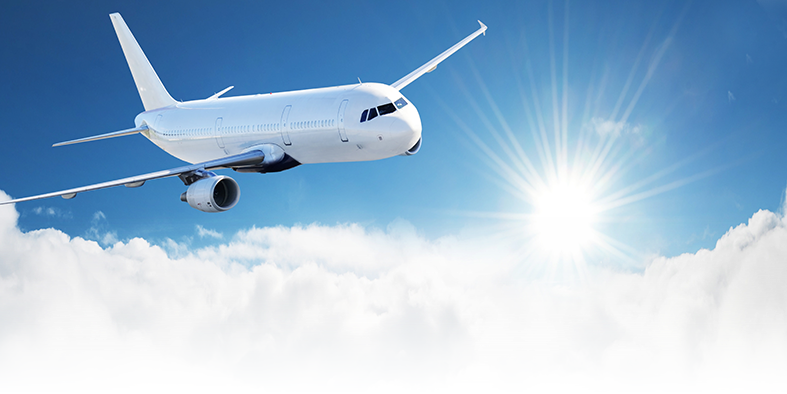Sport Pilot
An individual who is authorized to fly only Light-sport Aircraft. In general, A person who applies for a Sport pilot certificate must receive and log at least 20 hours of flight time, including at least 15 hours of flight training from an authorized instructor
For more data from the FAA on Sport Pilot License requirements, training and privileges, please follow: https://www.ecfr.gov/current/title-14/part-61#subpart-J
Recreational Pilot
An individual who may fly aircraft of up to 180 horsepower (130 kW) and 4 seats in the daytime for pleasure only. A person who applies for a recreational pilot certificate must receive and log at least 30 hours of flight time.
For more data from the FAA on Recreational Pilot License requirements, training and privileges, please follow: https://www.ecfr.gov/current/title-14/part-61#subpart-D
Private Pilot
An individual who may fly for pleasure or personal business, generally without accepting compensation. The private pilot certificate allows command of any aircraft (subject to appropriate ratings) for any non-commercial purpose and gives almost unlimited authority to fly under visual flight rules (VFR). A person who applies for a private pilot certificate with an airplane category and single-engine class rating must log at least 40 hours of flight time that includes at least 20 hours of flight training from an authorized instructor and 10 hours of solo flight training.
For more data from the FAA on Private Pilot License requirements, training and privileges, please follow: https://www.ecfr.gov/current/title-14/part-61#subpart-E
Commercial Pilot
An individual who may, with some restrictions, fly for compensation or hire. A certificated commercial pilot may act as pilot-in-command of an aircraft for compensation or hire, as well as carry persons or property for compensation or hire. In general, a person who applies for a commercial pilot certificate with an airplane category and single-engine class rating must log at least 250 hours of flight time as a pilot that consists of at least:
- 100 hours in powered aircraft, of which 50 hours must be in airplanes.
-
100 hours of pilot-in-command flight time, which includes at least
- 50 hours in airplanes; and
- 50 hours in cross-country flight of which at least 10 hours must be in airplanes.
There are additional requirements. For more data from the FAA on Commercial Pilot License requirements, training and privileges, please follow: https://www.ecfr.gov/current/title-14/part-61#subpart-F
Instrument Pilot
An individual must have an instrument rating in order to act as Pilot in Command of a flight below VFR weather minimums and/or under IFR. In general, a person who applies for an instrument rating must have logged:
- 50 hours of cross-country flight time as pilot in command, of which 10 hours must have been in an airplane; and
-
40 hours of actual or simulated instrument time in the areas of operation listed in paragraph (c) of which 15 hours must have been received from an authorized instructor who holds an instrument-airplane rating, and the instrument time includes:
- 3 hours of instrument flight training from an authorized instructor in an airplane that is appropriate to the instrument-airplane rating within 2 calendar months before the date of the practical test; and
-
Instrument flight training on cross country flight procedures, including one cross country flight in an airplane with an authorized instructor, that is performed under instrument flight rules, when a flight plan has been filed with an air traffic control facility, and that involves -
- A flight of 250 nautical miles along airways or by directed routing from an air traffic control facility,
- An instrument approach at each airport; and
- 3 different kinds of approaches with the use of navigation systems.
There are additional requirements. For more data from the FAA on Instrument Pilot License requirements, training and privileges, please follow: https://www.ecfr.gov/current/title-14/part-61#61.65
Multi-Engine, Coming Soon!
While there is not a set number of hours required for an add-on rating. Pilots can expect to spend 10-15hrs of dual instruction for obtaining a multi-engine rating. Generally, most pilots applying for a multi-engine rating are doing so as a Commercial pilot and those requirements are as follows: A person who applies for a commercial pilot certificate with an airplane category and multiengine class rating must log at least 250 hours of flight time as a pilot that consists of at least:
- 100 hours in powered aircraft, of which 50 hours must be in airplanes.
-
100 hours of pilot-in-command flight time, which includes at least -
- 50 hours in airplanes; and
- 50 hours in cross-country flight of which at least 10 hours must be in airplanes.
- 20 hours of training on the areas of operation.
There are additional requirements. For more data from the FAA on Multi-Engine Pilot License requirements, training and privileges, please follow: https://www.ecfr.gov/current/title-14/part-61#61.63 and https://www.ecfr.gov/current/title-14/part-61#61.129, subpart B.


